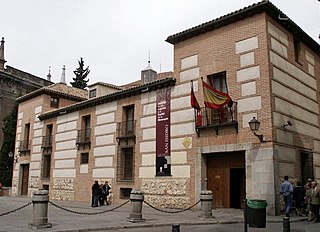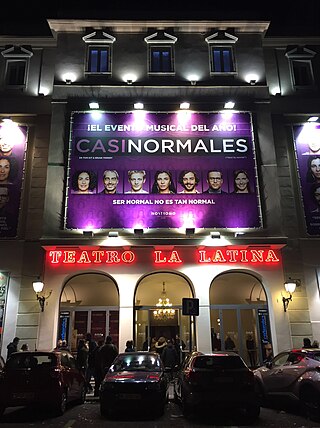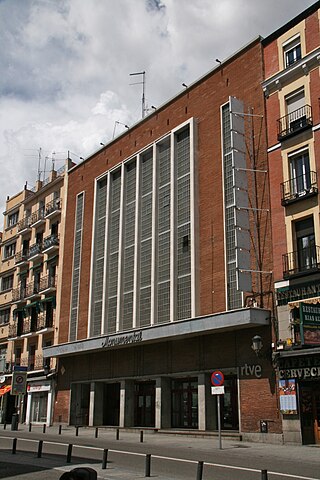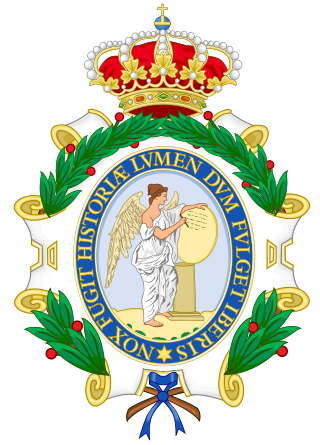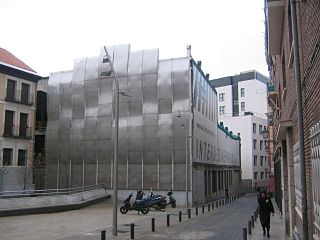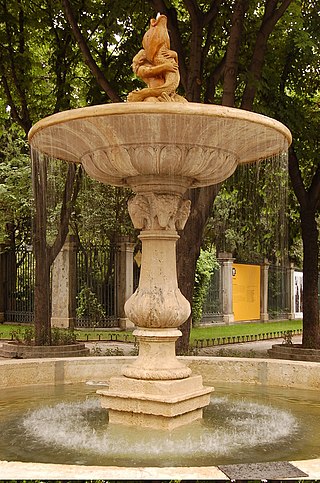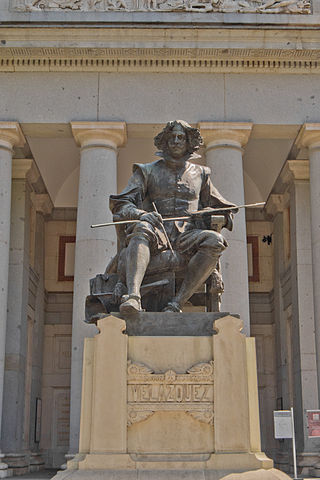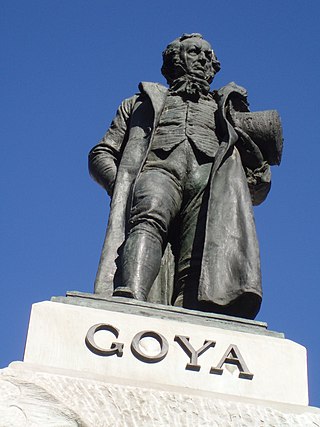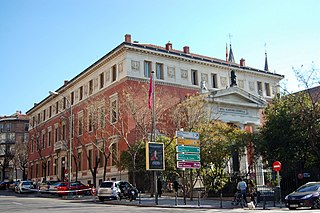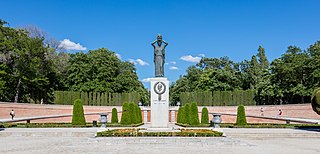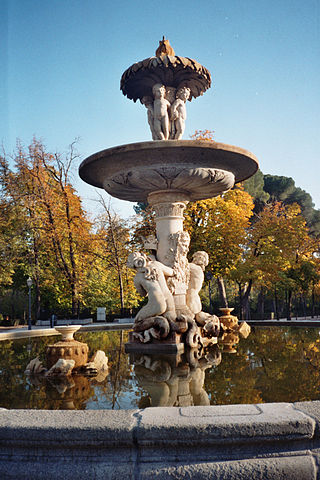Self-guided Sightseeing Tour #1 in Madrid, Spain
Legend
Guided Free Walking Tours
Book free guided walking tours in Madrid.
Guided Sightseeing Tours
Book guided sightseeing tours and activities in Madrid.
Tour Facts
5.6 km
98 m
Experience Madrid in Spain in a whole new way with our free self-guided sightseeing tour. This site not only offers you practical information and insider tips, but also a rich variety of activities and sights you shouldn't miss. Whether you love art and culture, want to explore historical sites or simply want to experience the vibrant atmosphere of a lively city - you'll find everything you need for your personal adventure here.
Activities in MadridIndividual Sights in MadridSight 1: Museo de San Isidro
Get Ticket*The Museum of San Isidro, or of the Origins of Madrid, is a cultural institution of the City Council of Madrid (Spain), located at number 2 of the Plaza de San Andrés. It was inaugurated on May 15, 2000 by the then mayor of Madrid, José María Álvarez del Manzano. The permanent collection comes mostly from the disappeared Archaeological Institute and the Municipal Museum of Madrid. It shows the history of the city from prehistory to the establishment of the Court through archaeological pieces, models and engravings.
Sight 2: Teatro La Latina
The La Latina Theatre is a theatre venue in Madrid, located in the Plaza de la Cebada in the homonymous Barrio de La Latina, the work of the architect Pedro Muguruza.
Sight 3: Teatro Pavón
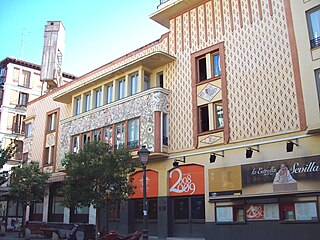
The Teatro Pavón, Calle de Embajadores 9, is a theatre in Madrid opened in 1925. The architect was Teodoro de Anasagasti.
Sight 4: Teatro Nuevo Apolo
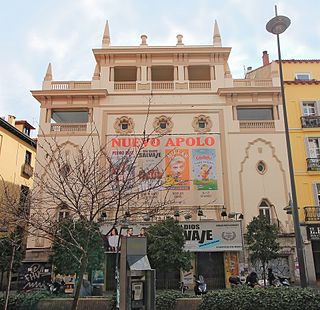
Teatro Nuevo Apolo is an entertainment venue in Madrid, Spain. It is located in the Plaza de Tirso de Molina. The owners of the Teatro Apolo that existed on calle de Alcalá until its closure in 1929 decided to build a new venue, initially named Teatro Progreso, in the Plaza del Progreso. The theatre opened on December 10, 1932 with the zarzuela, La verbena de la Paloma. It was converted to a film venue, the Cine Progreso, before its rededication to theatrical exhibitions and music entertainment of various genres, as well as dance and comedy.
Sight 5: Monumento en honor a los abogados de Atocha
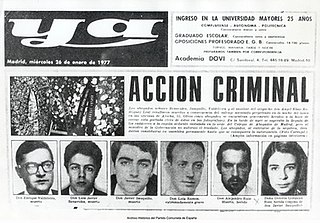
The 1977 Atocha massacre was an attack by right-wing extremists in the center of Madrid on 24 January 1977, which saw the assassination of five labor activists from the Communist Party of Spain (PCE) and the workers' federation Comisiones Obreras (CC.OO). The act occurred within the wider context of far-right reaction to Spain's transition to constitutional democracy following the death of dictator Francisco Franco. Intended to provoke a violent left-wing response that would provide legitimacy for a subsequent right-wing counter coup d'état, the massacre had an immediate opposite effect, generating mass popular revulsion of the far-right and accelerating the legalization of the long-banned Communist Party.
Sight 6: Teatro Monumental
The Teatro Monumental is a concert hall in Madrid. The theatre, designed by Teodoro Anasagasti Algan, was built between 1922 and 1923 as a movie theatre and later was transformed to house concerts of different genres, from pop to classical, and jazz to folk.
Sight 7: Real Academia de la Historia
The Royal Academy of History is a Spanish institution in Madrid that studies history "ancient and modern, political, civil, ecclesiastical, military, scientific, of letters and arts, that is to say, the different branches of life, of civilisation, and of the culture of the Spanish people". Spanish people in this regard are understood to be citizens of the Kingdom of Spain or the indigenous people of its predecessors, or their descendants. The academy was established by royal decree of Philip V of Spain on 18 April 1738.
Sight 8: Casa de Cervantes
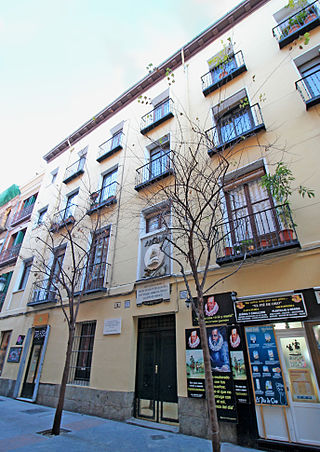
The Spanish writer Miguel de Cervantes lived in Madrid in different houses. It is known that in 1567 he was a resident of this city as he attended the classes of the Estudio de la Villa whose director was at that time the master Juan López de Hoyos.
Sight 9: Casa Museo Lope de Vega
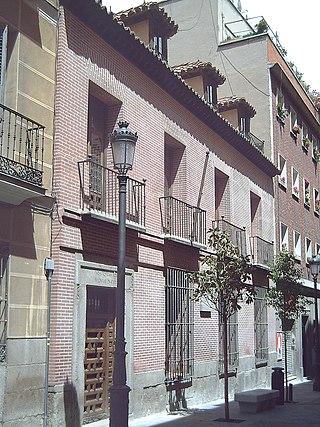
The House-Museum of Lope de Vega is a writer's house museum in the former home of the "golden age" writer Lope de Vega, located in Madrid, Spain.
Sight 10: Basílica de Jesús de Medinaceli
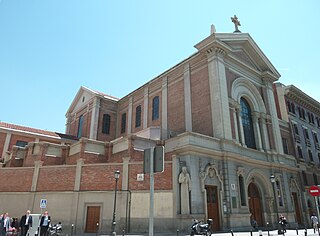
The Basilica of Jesus de Medinaceli or the full name in Spanish: Basílica de Nuestro Padre Jesús de Medinaceli is a Roman Catholic church, specifically a basilica, located in central Madrid.
Sight 11: CaixaForum Madrid
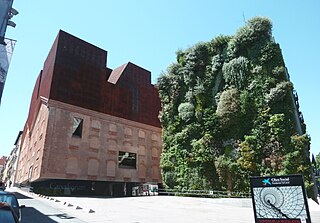
CaixaForum Madrid is a cultural center in Madrid, Spain. Located in Paseo del Prado in a former power station, it is owned by the not-for-profit banking foundation "la Caixa". The art center opened its doors in 2008 and it hosts temporary art exhibitions and cultural events.
Sight 12: Espacio Cultural Serrería Belga
The Serrería Belga is an old industrial building in Madrid, located between Calle de la Alameda, Calle Cenicero and Plaza de las Letras, in the Barrio de las Letras. It consisted of two warehouses – one for sawmills, the other for warehouses and dryers – and was owned by the company Sociedad Belga de los Pinares de El Paular, which built it in 1925 according to a project by the architect Manuel Álvarez Naya. The Serrería Belga maintained its activity until the end of the 1970s, and was acquired in 2000 by the Madrid City Council to use the building for cultural purposes. In 2007, he commissioned its rehabilitation and refurbishment by the architects María Langarita Sánchez and Víctor Navarro Ríos. The works were completed in 2013, when the building became the headquarters of Medialab-Prado.
Sight 13: Royal Botanical Garden of Madrid
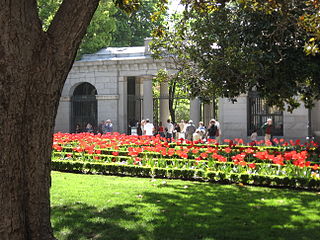
Real Jardín Botánico de Madrid is an 8 hectares botanical garden in Madrid (Spain). The public entrance is located at Plaza de Murillo, next to the Prado Museum.
Sight 14: Cuatro Fuentes
The Four Fountains, also known as Las Fuentecillas, are located at the confluence of Plaza de Murillo with Paseo del Prado, in the area known as Madrid de los Borbones, one of the main tourist centers of this Spanish city. Two are located on the pavement of the Prado Museum and the other two are located facing each other in the pedestrian median of the Paseo del Prado, the four forming an imaginary square, which is crossed by one of the roads of this avenue, reserved for road traffic.
Sight 15: Monumento a Velázquez
Velázquez or the Statue of Velázquez is an instance of public art in Madrid, Spain. Located in front of the main gate of the Prado Museum, it is dedicated to Diego de Velázquez.
Sight 16: Estatua de Goya
The Monument to Francisco de Goya is a Spanish sculpture dedicated to the Aragonese painter Francisco de Goya, located on Calle de Felipe IV s/n, in the vicinity of the Prado Museum in Madrid.
Sight 17: Church of Saint Jerome the Royal
The old monastery of San Jerónimo el Real, popularly known as "Los Jerónimos", was one of the most important monasteries in Madrid, originally ruled by the Order of San Jerónimo. Next to it was the so-called Royal Room, later expanded as the Buen Retiro Palace in the times of Philip IV.
Sight 18: Real Academia Española
The Headquarters of the Royal Spanish Academy is a building with the status of Asset of Cultural Interest since 1998, located at Calle de Felipe IV, number 4, in Madrid, Spain. It was inaugurated on April 1, 1894.
Sight 19: Casón del Buen Retiro
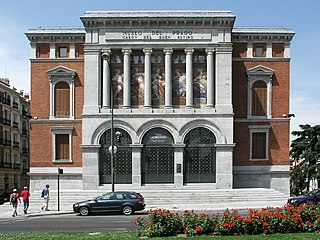
The Casón del Buen Retiro is an annex of the Museo del Prado complex in Madrid. Following major restoration work, which was completed in October 2007, it now houses the museum's study centre and library.
Sight 20: Monumento a Jacinto Benavente
The Monument to Jacinto Benavente is a monument located in the city of Madrid, the work of the sculptor Victorio Macho and reminiscent of the playwright Jacinto Benavente. It is located in the Retiro Park.
Sight 21: Fuente de la Alcachofa
The Artichoke Fountain is a monumental fountain in Madrid (Spain) built in the last third of the eighteenth century and installed in front of the old Atocha Gate, from where it passed in 1880 to the Buen Retiro Gardens. There is also a bronze replica in Madrid that was placed in the Atocha roundabout in 1986.
Sight 22: Crystal Palace
Get Ticket*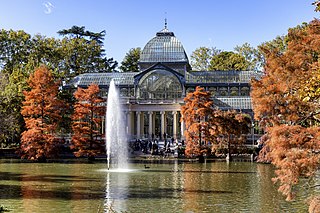
The Palacio de Cristal is a 19th-century conservatory located in the Buen Retiro Park in Madrid, Spain. It is currently used for art exhibitions.
Sight 23: Ramón de Campoamor
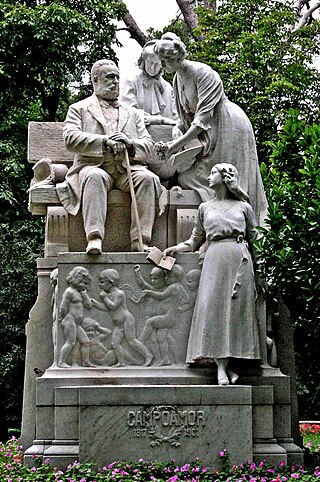
The Campoamor monument located in Madrid is located in the Retiro Park, on Fernán Núñez Avenue.
Share
How likely are you to recommend us?
Disclaimer Please be aware of your surroundings and do not enter private property. We are not liable for any damages that occur during the tours.
GPX-Download For navigation apps and GPS devices you can download the tour as a GPX file.
